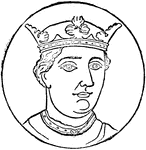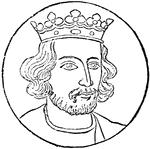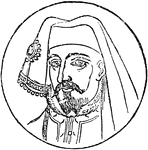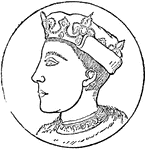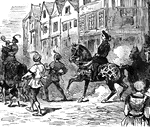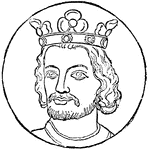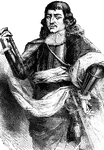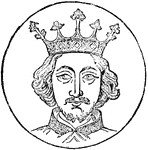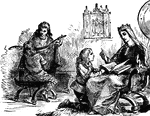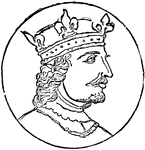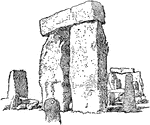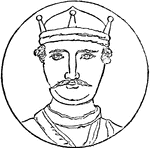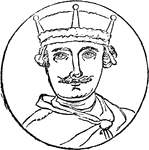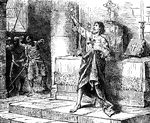
Henry III of Winchester
Henry III is one of the least-known British monarchs, considering the great length of his reign. He…
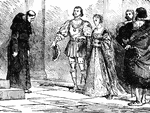
Henry the VIII and His Wives
Henry VIII was married six times during his life. First, to Catherine of Aragon, Anne Boleyn, Jane Seymor,…

Henry VII
Known greatly as the king of hearts, or the man of ruthless wonder, Henry was born in Pembroke Castle,…
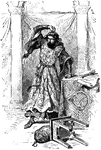
John's Anger after Signing Magna Charta
All this time John Lacklands cruelty and savageness were making the whole kingdom miserable; and at…

King Henry and His Barons
King Henry was a builder of beautiful churches. Westminster Abbey, as it is now, was one. And he was…

Mary I
Mary, the fourth and penultimate monarch of the Tudor dynasty, is remembered for returning England from…
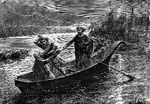
Murder of Prince Arthur
As a kind of joke, John, King Henry's youngest son, had been called Lackland, because he had nothing…
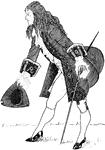
Beau Nash
Beau Nash (18 October 1674 - 3 February 1762), born Richard Nash, was a celebrated dandy and leader…

Philip II
Philip sought an alliance with the Kingdom of England, marrying the Catholic Queen Mary I of England…
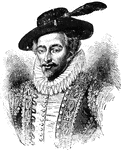
Sir Walter Raleigh
Raleigh's plan for colonization in Virginia in North America ended in failure at Roanoke Island, but…

Richard Removing the Archduke's Banner
During one of King Richard the Lion-Heart's crusades the city of Acre was taken over and a prince, Leopold,…
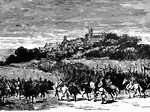
William Rufus II
He is sometimes called the Red King, but more commonly William Rufus. Things went worse than ever with…
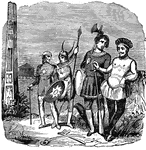
Saxons
"In the eleventh century, the Anglo-Saxons, originally the fiercest nation of the North of Europe, had…
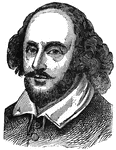
William Shakespeare
"This famous man, who has been called 'the chief literary glory of England', was born at Stratford-on-Avon."…
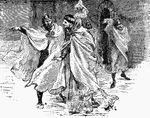
Stephen
Stephen, who was a kind-hearted man himself, tried to stop these cruelties; but then the barons turned…

Towers of London
The White Tower, the square building with turrets on each corner that gave it its name, is actually…
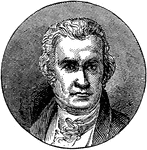
James Watts
James Watt (19 January 1736 – 25 August 1819) was a Scottish inventor and mechanical engineer…
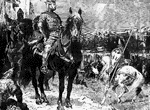
William the Conqueror
When William was denied the throne of Normandy he assembled a Norman invasion fleet of around 600 ships…
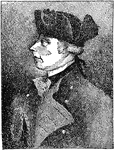
James Wolfe
A British Army officer known for his victory over the French in Canada during the early 18th century.

